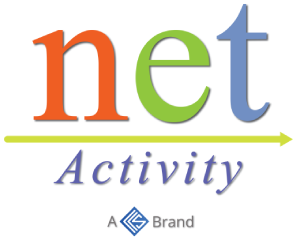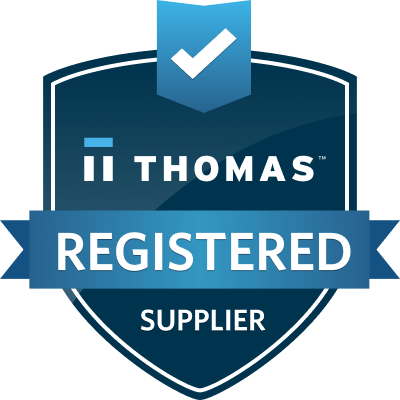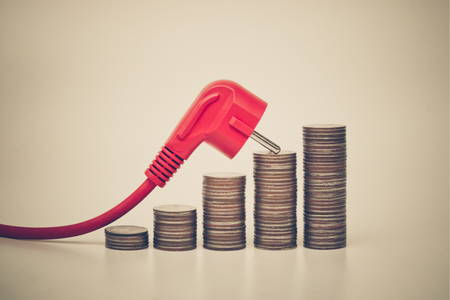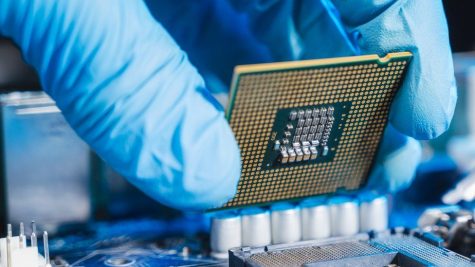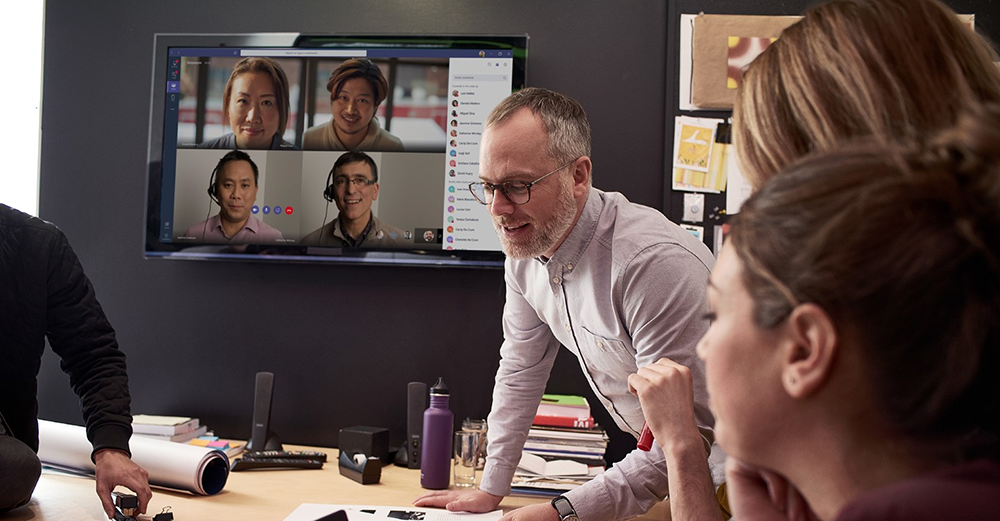7 Tips To Reduce PC Power Consumption
In 2021, industrial consumers of electricity in the United States paid an average of $7.26 per kilowatt hour. This amount is a 9% increase from 2020 and the highest figure recorded since 1970. Given the rising electricity rates, it’s now more important to take energy-saving measures, one of which is reducing your PC power consumption. Here’s how to do that.
1. Reduce your computer monitor’s brightness
Most monitors have a built-in sensor that adjusts the screen’s brightness according to the amount of light in the room. You can also manually adjust your PC’s brightness to further reduce its power consumption.
2. Unplug your computer when it’s not in use
Many people leave their computers on all day, even when they’re not using them, to save time powering up. However, this practice wastes a lot of energy.
If you’re not going to be using your computer for a while, it’s best to shut it down and unplug it. That’s because a plugged-in computer — even when it’s switched off — still consumes standby power.
If you’re going to be away from your PC for a few minutes or a couple of hours, you can still save energy without sacrificing too much time by turning off your monitor. If you have a laptop, you can put it into sleep or hibernation mode when you’re not using it.
3. Opt for a laptop instead of a desktop computer
Use a laptop instead of a desktop since laptops are designed to be more energy-efficient than desktops.
4. Keep your laptop plugged in only when it is charging
We tend to forget about our laptops while they’re charging, leaving them plugged in for hours. The bad news is that overcharging causes the battery to deteriorate over time. When left plugged in, the charger still consumes power, even if it’s not connected to your computer. To save energy, unplug your laptop charger once you’re done charging.
5. Detach external devices from your PC when you’re not using them
Any external devices (e.g., printer, scanner, or webcam) connected to your PC continues to draw power even when they’re not in use. So when you’re not using them, make sure to disconnect these external devices from your PC.
6. Use a smart strip, especially for computers you cannot turn off
A smart strip automatically shuts down appliances when they go into standby mode. By connecting your computer and external devices to a smart strip, you won’t have to unplug your equipment when they’re not in use.
7. Pick an Energy Star-certified PC
When buying a new PC, look for an Energy Star-certified model. Products that have the Energy Star symbol are guaranteed to deliver both quality performance and energy savings. The number of stars a product has indicates how energy-efficient it is.
In fact, an Energy Star-certified PC uses about 25%–40% less electricity than conventional models by using the most efficient components and better managing energy use when idle. This can translate to savings between $7 and $52 per year in electricity bills.
Following these tips should help you reduce your electricity costs and make smart hardware choices. If you need help selecting the best hardware for your company’s needs, contact us. We’re ready to assist you.
